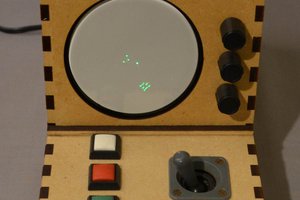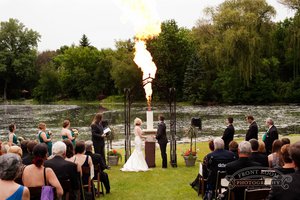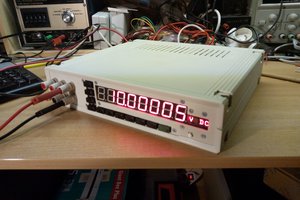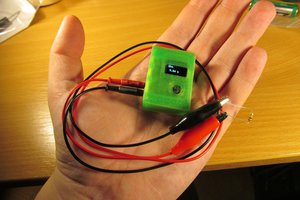Economics of DIYing a soldering iron controller
Depending on the brand, the soldering station / controller is often the most expensive part of a soldering system. This make sense, since this is the most complex part as well. But, the stations are built from standard components (except the mechanical parts), so it is fairly easy to replicate the behavior of the station with a DIY solution.
In my case, the station (including tools individually valued at about 400EUR) is sold for approx 1200EUR. So the price tag of the station itself is about 800EUR. The DIY project cost me about 10EUR, so that's a huge difference. Fair enough, the original station supports two dual-channel tools while mine only supports a single tool. But extending the number of channels is cheap and more or less trivial from an electric point of view.
Of course, the original station will be better than mine from the mechanical point of view. While mine is a light-weight 3D printed plastic thing where you need to be careful not to melt the enclosure, the original is solid professional equipment.
Differences to the T245/T210
Both have similar tips with the heater and thermocouple embedded directly in the tip.
Plug
The most obvious difference is the plug, this immediately suggests that there are some more fundamental difference between the two irons.
Voltage
The NT115 system is designed for a much lower voltage. If I remember correctly, NT115 uses about 9V while T245 is more 20ish. Not sure how bad too much power is, but overloading the tip by a factor of 4 doesn't sound good. For reference, the C115 heaters have a (hot) resistance of about 5 Ohms, which would result in ~16W at 9V, so that's quite close to the nominal 15W of the tips.
Heater and thermocouple are in series
Despite the cable having three wires and the tip having three contacts, two of the contacts seem to be internally connected inside the tip. So, the only way to power the heater is through the thermocouple. This sounds odd at first, but that's just how it it...
Status of this project
Everything works pretty well, the heat-up times are JBC-like fast and the temperature is quite stable. I don't know the exact characteristics of the thermocouple, but from tests, I assume the sensitivity is about 9uV/K. It doesn't matter that much, since the temperature you need for a job depends highly on the tip and the job anyway anyway. The hardware supports to measure the supply voltage, but I'm not using it right now.
Under-voltage self destruct
One issue with the current hardware is a potential self-destruct scenario, if the supply voltage is too low. Since I'm using a low-side driver to drive a high-side P-Channel FET, the undervoltage lockout (about 4V) of the driver will force the FET ON when the supply voltage is too low. This may cause the tip or the mosfet to overheat. So always use a switching power supply since it will turn off anyway if you load it down that much.
 Daniel
Daniel




 Mark Atherton
Mark Atherton
 Quinn
Quinn
 jaromir.sukuba
jaromir.sukuba
sorry daniel.
can i request you to upload a Hex File. so I can upload using ST-LINK.
I'm not very familiar with the STM32 Processor
Thanks daniel